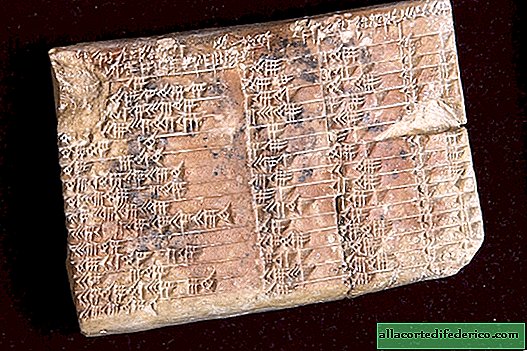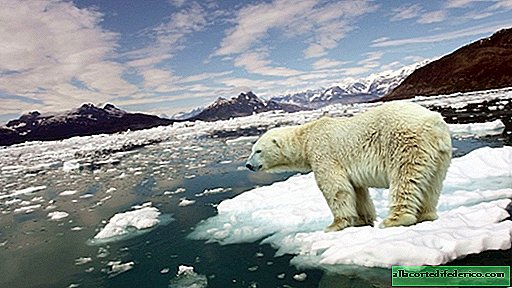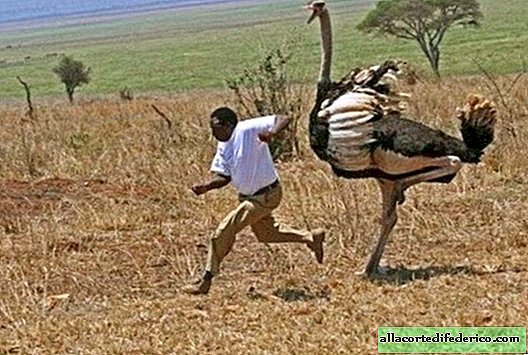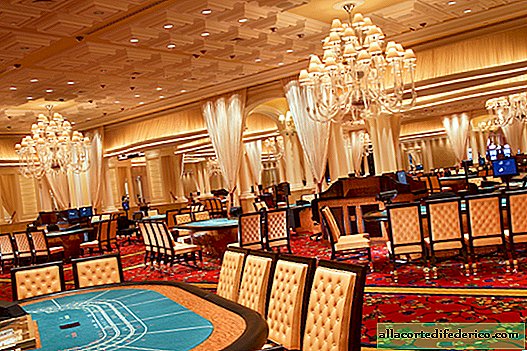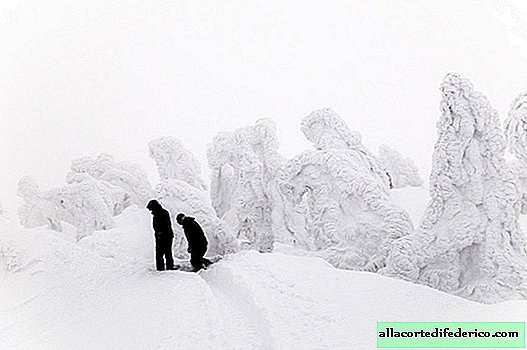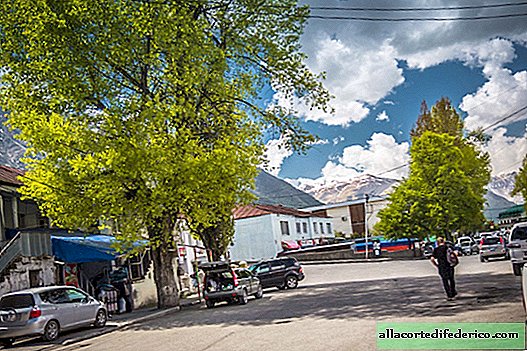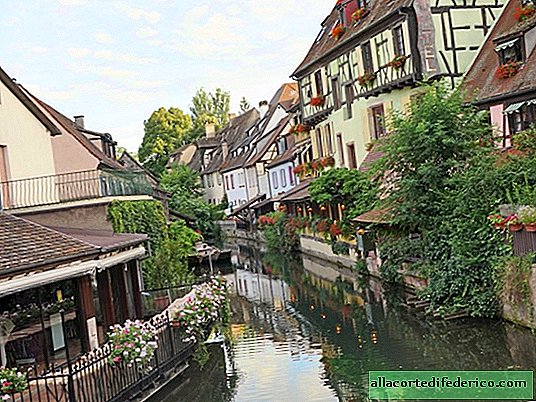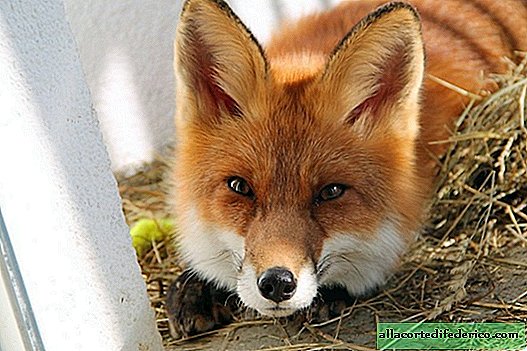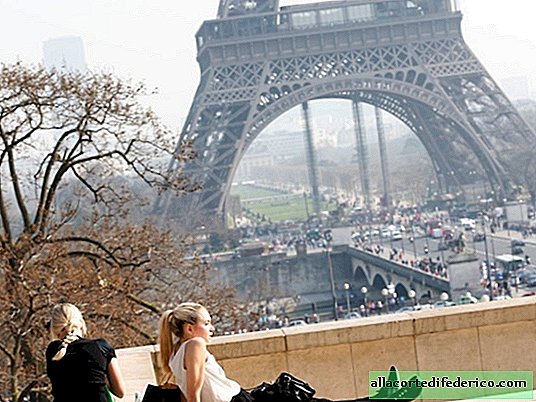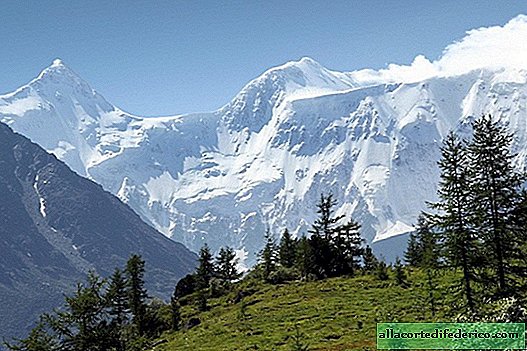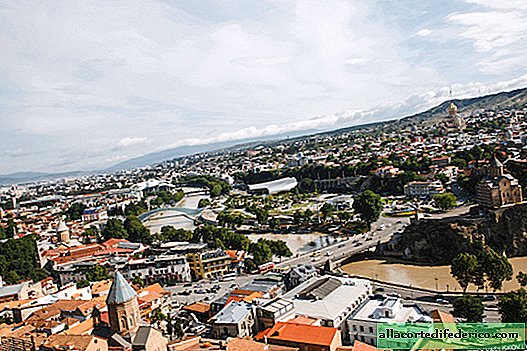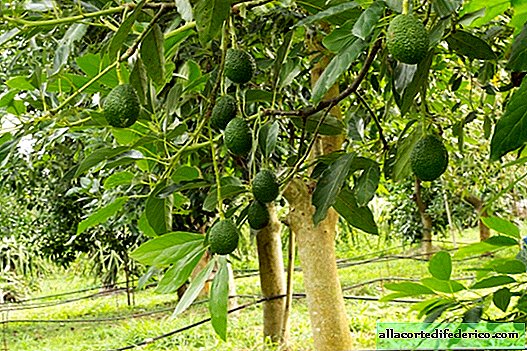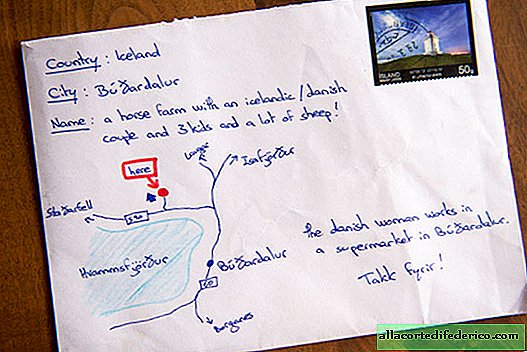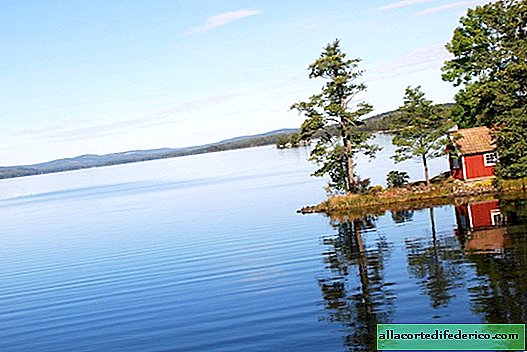One day in North Korea
The night before, our group arrived by train in the North Korean capital - Pyongyang. We had dinner at the restaurant, we were dedicated to the daily routine and plans for the next 3-4 days, and already late at night we were brought to the hotel by two buses. In this post I will tell you how my first day went in North Korea.
The day was supposed to start with a wake-up stake at 6:20 a.m. We (we lived in two in our rooms) woke up at 6 in the morning and first of all joined the windows.
Within 10 minutes it was impossible to break away. We lived either on the seventeenth or on the eighteenth floor, I don’t remember, and the whole city was in full view. All these houses in rich pastel colors - just like a toy! A Juche Idea Monument was even visible from our window. It is likely that foreign tourists are accommodated as much as possible so that they have a beautiful view from their room.

Juche is a North Korean state ideology based on socialism and considered an adapted version of Marxism-Leninism to the needs of the leaders of the DPRK. At some point, music began to be heard in the city and people went out to morning exercises, because collectivism and hard work are some of the most important virtues in North Korea.

So, already being impressed and in anticipation of the coming day, we left the room, went into the elevator and went down, paying attention to the large number of cars parked at the main entrance to the hotel.
It is forbidden to leave the hotel without a guide, but you can walk along the square at the entrance.
Half of the cars for some reason did not have state numbers. Are they standing for beauty and extras?

Breakfast was from 7 hours to 7:30. According to the plan, at 7:40 everyone should already be on the bus. Looking ahead, I must say that all 4 days went by in this way: early in the morning we left the hotel and returned only in the evening, when it was already dark.

The food is very simple, as in the Soviet dining room, only with an oriental character and, of course, kimchi.
The hotel has a communication corner through which you can get in touch with the outside world: you can call your family by phone, send a fax or news by e-mail. The pleasure will cost 2 euros per 100kb, 5.5 euros per minute of conversation with the United States, 2.5 euros per minute of telephone conversation with other countries and 18 dollars for sending one page by fax.

There are shops in the hotel where I bought postcards. Sending a postcard to the United States will again cost a little more.
Immediately on the first day we were taken 160 kilometers from Pyongyang to the International Friendship Exhibition. This is a museum complex located on Mount Myohansan. In the halls of the museum are collections of gifts from the Kim dynasty from foreign delegations, including an airplane donated by Kim Il Sung to Stalin.
On the way through the windows of the bus you could see Pyongyang.

You can shoot almost everything. I calmly sat in the front seat and shot with different lenses, including a telephoto lens.
Guides ask you not to take off three things: the military, roadblocks from / to the city, as well as "people working hard." However, the third is a vague concept.
One of the forbidden photos:

We leave Pyongyang at 8:25. There are practically no cars on the roads outside the capital: somewhere the old Volga will pass, somewhere UAZ. Every now and then there are workers who repair the road surface (without the use of equipment) or just people from villages who pour grass on the road. The roads themselves are in a deplorable state, however, along the road everything is neat and clean everywhere.

Upon arrival at the museum, we were informed that shooting inside the complex is strictly prohibited. Moreover, the whole group had to turn in phones and cameras. Here, being safe, I pulled out a memory card and put it in my wallet, but it was found during the search and I had to turn it in. For a second, I already said goodbye to all the photographs taken. However, after visiting the museum everything was returned to us and it became clear that nobody was even interested in our things for a second. In general, the face of the baseless paranoia of tourists who came to North Korea. By the way, every day I saved photos on a laptop in 2 different parts of the disk.

Beautiful places.

The museum, according to North Koreans, presents more than 200 thousand exhibits. In general, giving gifts from official delegations is a standard procedure of the diplomatic protocol, but this is served to the people of North Korea as an extra respect for the leaders of the nation from the whole world.
Our guides leave feedback on visiting the museum complex. For them it is always a special event. At about one in the afternoon we leave the museum.

Near the International Friendship Exhibition is the only Buddhist temple in North Korea.

Monk.

At 13:45 we leave the temple and go to the town of Myohyansan for lunch. The driver does not buckle up.

The roads are old and broken, sometimes completely without asphalt.

The food in the restaurant was ready, the tables were set. At the entrance is a picture of the leaders: Kim Il Sung and Kim Jong Il.

For lunch they gave only 30-40 minutes. At 14:45 already left the restaurant.

Guides asked not to remove the local "hard working" residents.

Ahead was a 3-hour road back to Pyongyang, where according to the plan, we were supposed to attend a concert of children in high school and go to the place where supposedly the eternal president of the DPRK Kim Il Sung was born.
The guide without a break spoke about the life and life of people in Korea.
North Korean peasant. Tractors are very rare, in most cases, the cultivation of crops is carried out manually.

We returned to Pyongyang.
A woman just sits on the lawn and manually leveles the grass.

At 17:30 we arrived in the village of Mangyeongde near Pyongyang, in which Kim Il Sung was born and spent the first 8 years of his life.

Mangyeongde is a place of pilgrimage and worship.

The house-museum of Kim Il Sung.

Pyongyang has an amazing amount of unexpected detail. For example, solar panels on the balconies of houses.



